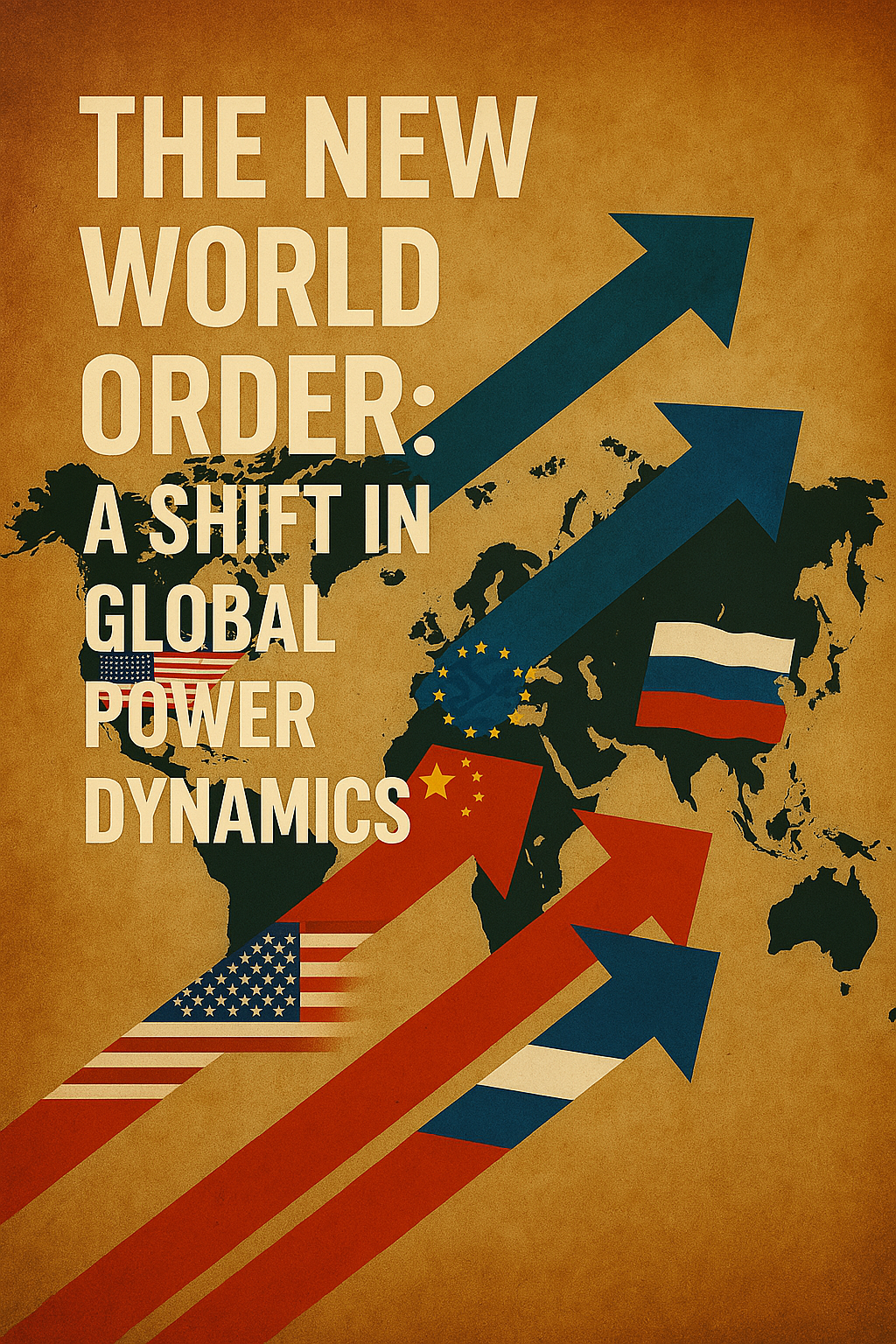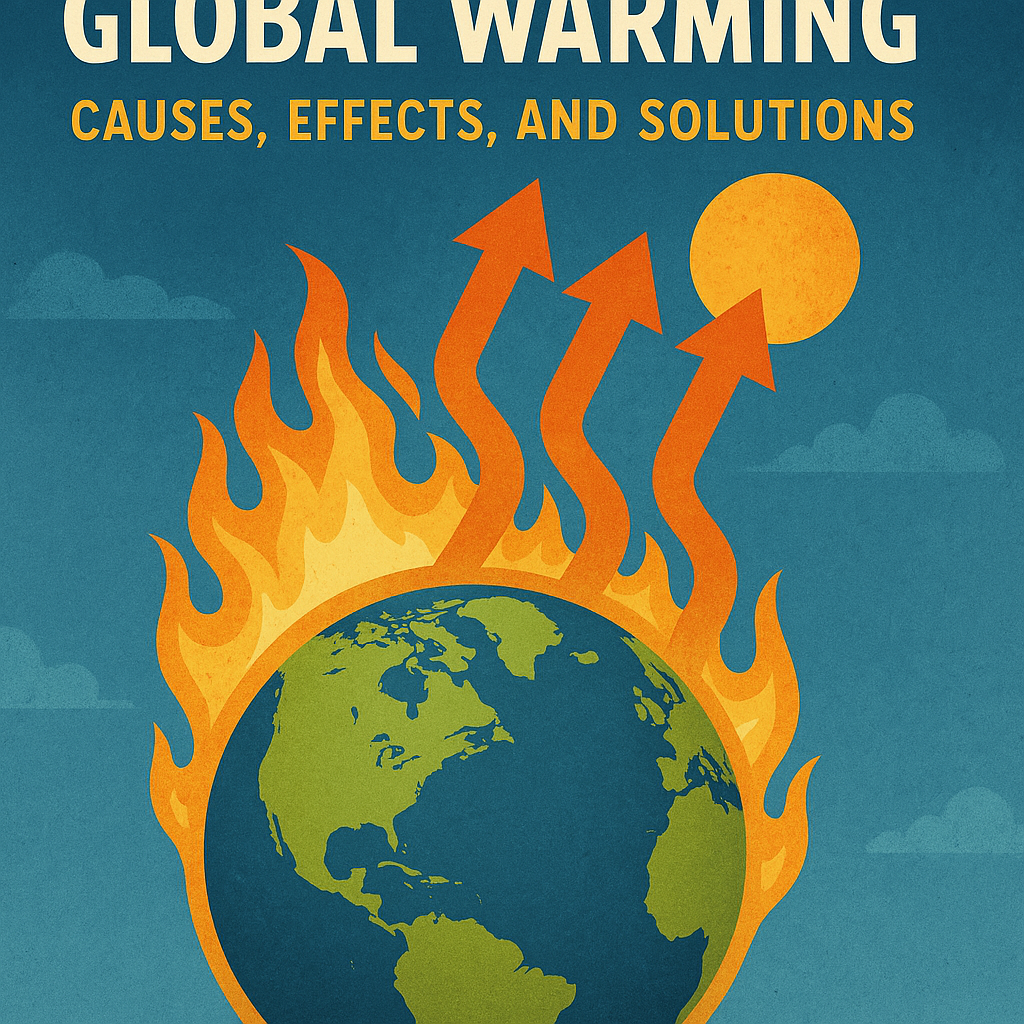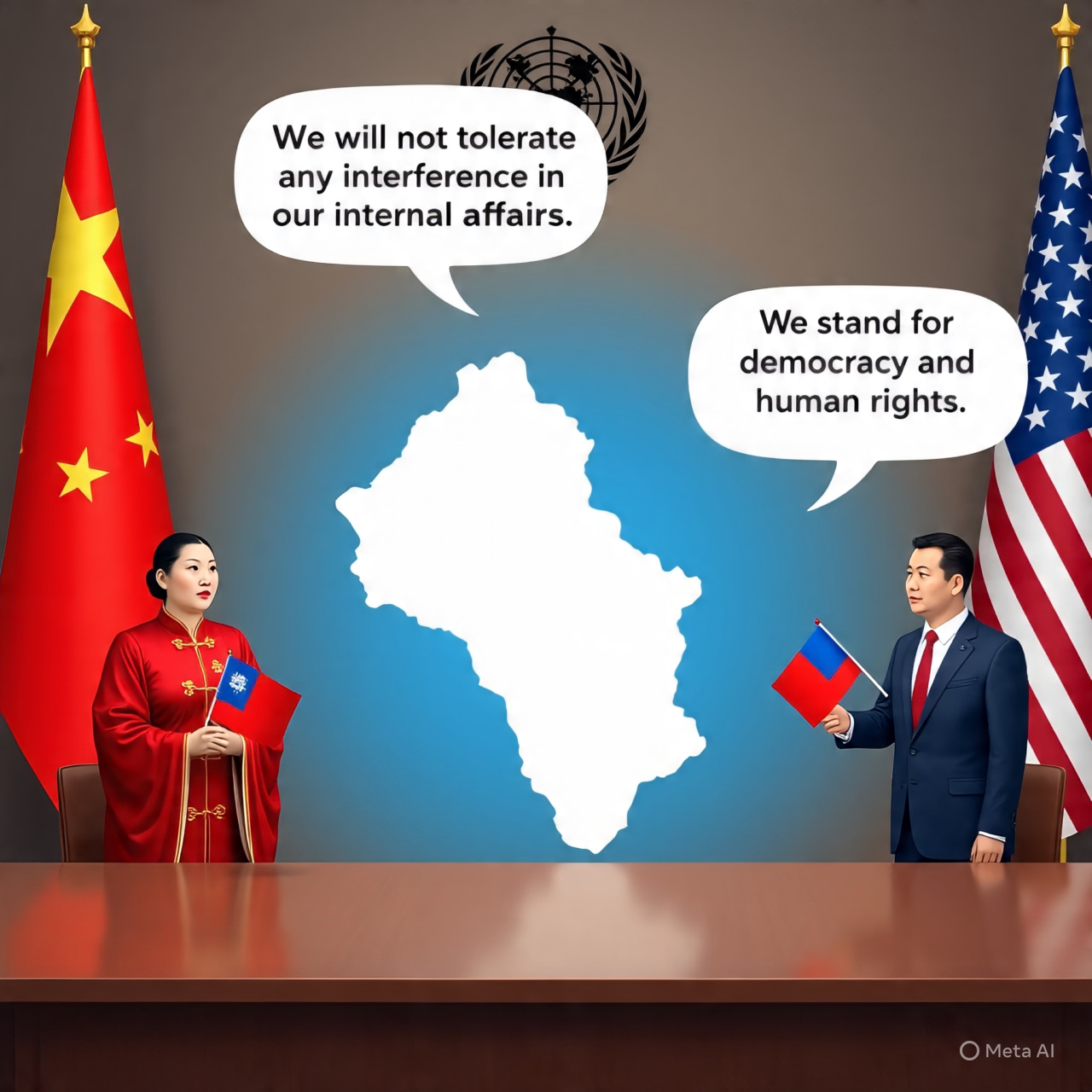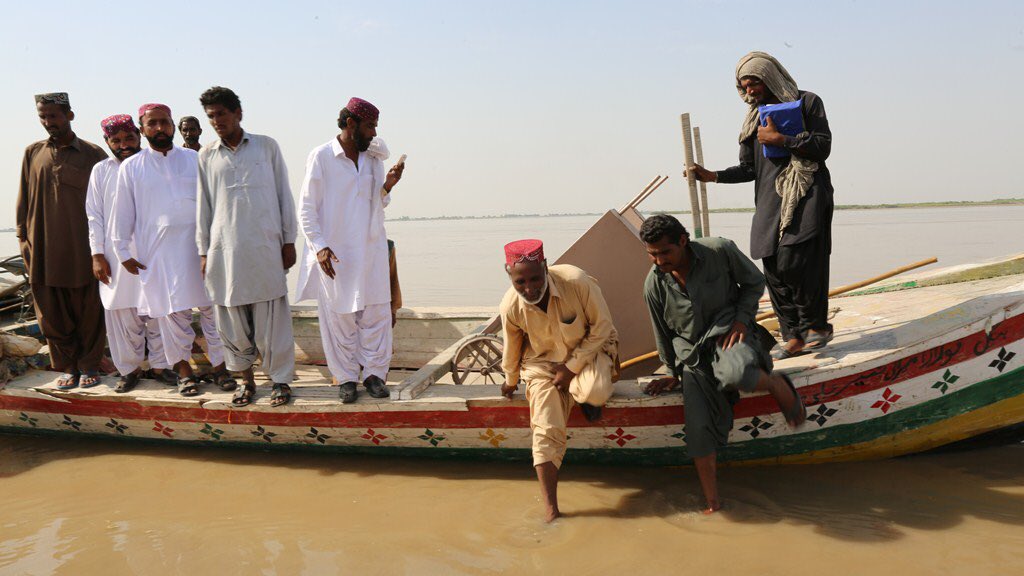Key Elements of the New World Order
1. The Decline of U.S. Hegemony
For decades, the United States has been the undisputed global superpower. However, the rise of China, Russia, and regional powers like India and Brazil is challenging American dominance. Economic wars, technological competition, and military posturing indicate a shift toward a multipolar world where no single nation holds absolute control.
2. The Rise of China and Authoritarian Capitalism
China’s rapid economic growth, military expansion, and technological advancements (such as 5G, AI, and surveillance systems) position it as a major player in shaping the New World Order. Unlike the Western model of liberal democracy, China promotes state-controlled capitalism, influencing global governance through initiatives like the Belt and Road Initiative (BRI) and digital authoritarianism.
3. Economic Realignment: De-Dollarization & BRICS Expansion
The U.S. dollar has long been the world’s reserve currency, but countries are increasingly seeking alternatives. The BRICS alliance (Brazil, Russia, India, China, South Africa, and new members like Saudi Arabia, UAE, Egypt, Iran, and Ethiopia) is pushing for de-dollarization, promoting trade in local currencies and creating new financial institutions to rival the IMF and World Bank.
4. Technological Control & Digital Governance
The digital revolution is central to the New World Order. Governments and corporations are leveraging AI, big data, and surveillance technologies to exert control. The concept of Central Bank Digital Currencies (CBDCs) could redefine monetary systems, raising concerns about privacy and state overreach.
5. Globalism vs. Nationalism
The tension between globalist agendas (promoted by institutions like the UN, WEF, and WHO) and nationalist movements (seen in Brexit, Trumpism, and right-wing European parties) is a defining struggle. The push for climate policies, digital IDs, and universal regulations clashes with demands for sovereignty and individual freedoms.
Conspiracy Theories vs. Reality
Many conspiracy theories depict the New World Order as a shadowy cabal of elites (often linked to groups like the Illuminati, Bilderberg Group, or the Rothschilds) seeking total control. While secretive networks of power do exist, the reality is more about competing interests among nations, corporations, and ideological factions rather than a single unified plot.
Conclusion: What Comes Next?
The New World Order is not a fixed destination but an ongoing transformation of global systems. Whether it leads to greater cooperation or deeper conflict depends on how nations navigate economic rivalry, technological disruption, and ideological divides.
As power shifts from West to East and from traditional institutions to decentralized networks, individuals and societies must critically engage with these changes—balancing progress with freedom, innovation with ethics, and globalization with cultural identity.
The future remains uncertain, but one thing is clear: the world is entering a new era, and its order is still being written.



